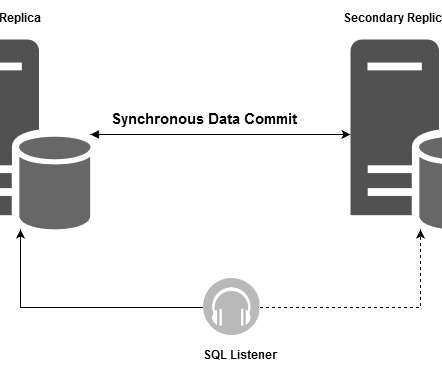Monitor SQL Server Always On Availability groups using extended events
SQL Shack
OCTOBER 20, 2020
In this 33rd article of SQL Server Always On Availability Group series, we will use extended events to monitor the availability group. Introduction Database professionals’ primary role is to do proactive monitoring for ensuring system availability.













Let's personalize your content